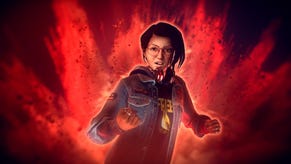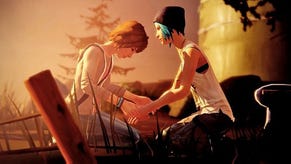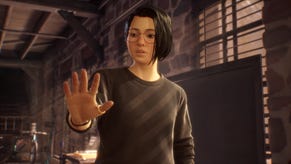Life is Strange Episode 5 PS4 Review: Time to Let Things Go
Dontnod Entertainment brings Life is Strange to its conclusion with one big choice. What will you choose?
This article first appeared on USgamer, a partner publication of VG247. Some content, such as this article, has been migrated to VG247 for posterity after USgamer's closure - but it has not been edited or further vetted by the VG247 team.
This is a review of episode 5 of a 5-episode series. Spoilers everywhere. Reviews for previous episodes can be found here:
- Episode 1
- Episode 2
- Episode 3
- Episode 4
How much is one person worth to you? If it's the right person, could you trade another's life for it? What about two people? Three? What about an entire town?
Life is Strange has been about our protagonist, Max Caulfield, having to make that choice. The first episode and the first major manifestation of her power began with saving childhood friend Chloe from dying. That's been a situation that's been repeated throughout the entire series. Max is been willing to do whatever she can to save Chloe. Sure, she's also helped Chloe determine where her friend Rachel Amber disappeared to and helped the people of Arcadia Bay, but that's ancillary to the overall point.
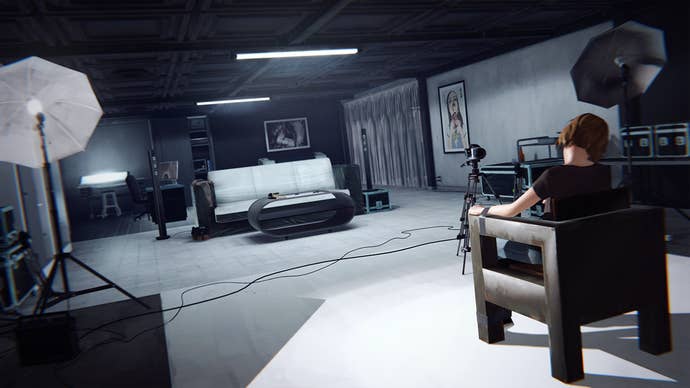
Episode 5 is a bit of an odd one. Max has to save herself from the true serial killer, Blackwell photography teacher Mark Jefferson, by jumping back and forth through time. She ends up in what seems to be a good reality, only to jump back because of the impending tornado coming to destroy Arcadia Bay. Over and over again, Max tries to find the best timeline, where everyone's happy and Chloe gets to live. She bounces back and forth between her odd Dark Room bouts with Mr. Jefferson and earlier episodes.
As the repeated jumps take a toll on her (and us if I'm being honest), Max eventually has to wander through fractured spacetime. She relives her mistakes and the great moments she had with the most important person in her life: Chloe.
It's hard not to see the relationship between Max and Chloe as romantic. Yes, there's a throwaway moment where you can choose to give Max's male friend Warren a kiss, but it's quickly forgotten in the emotional climax of the episode. Max's determination to save Chloe seems to go beyond the confines of simple friendship. There's a scene of Max wandering through a shapeless void occupied only by her memories of Chloe. You can read this as a strong friendship, as Dontnod never makes anything explicit, but I'm sticking with my take on the relationship.
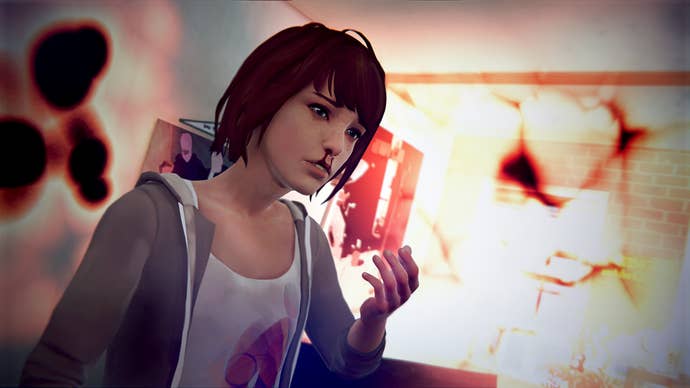
In the end, with the tornado barreling down on the town, Max realizes that trying to save Chloe is what has caused all this mess. (How is never really explained. Just go with it.) You're left with two choices to make: do you save Chloe or save Arcadia Bay?
You can choose the former, leading to a short ending of Chloe and Max leaving Arcadia Bay together, but it's obviously not the choice Dontnod wants you to make. Saving the town is the more emotionally resonant option. It's the choice that is presented better, jumping back to that very first use of Max's power: saving Chloe from dying at the hands of Nathan Prescott. Instead, you have to listen to her die while Max does nothing.
Earlier in the episode, Mr. Jefferson chides about not taking action, saying "Always take the shot". The truth is that action may be needed in certain circumstances, but sometimes it's best to just come to terms with what's happened. Acceptance, not action. As I said in my review of Episode 3:
"When you're a kid, you honestly think that there is a "best", a perfect option where no one suffers and everything works out for everyone. The best job, the best place to live, the best stuff. Adulthood is finding out there's a give-and-take. You're always losing something to gain something else, and life simply becomes a matter of priorities."
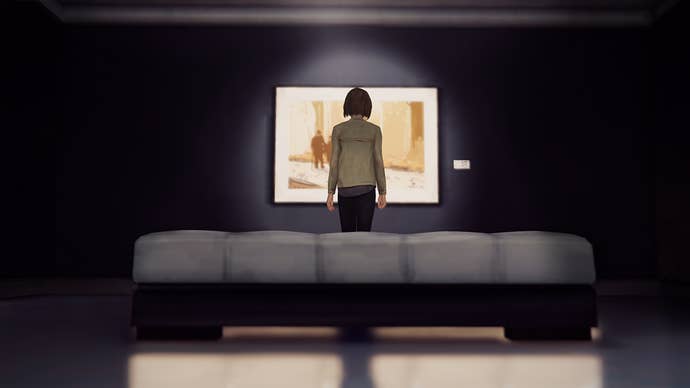
The end of Life is Strange is about making the mature choice. For Arcadia Bay to be whole, Chloe has to die. For Chloe to live, the town has to die. For many of us, that's not really a choice at all. Letting Chloe die is a hard choice, but it's the right one. (Though I wasn't suprised to see how many chose to save Chloe.)
Some players may feel cheated that in the end all the choices they made before the end simply don't matter. The binary option doesn't take into account that you saved Kate, didn't antagonize Victoria, or that you spurned Chloe's step-dad. But all those choices happened and they do still matter, because they feed into that final choice. All those decisions are Arcadia Bay for you and Max; are you willing to give all that up for Chloe?
This was a good ending to the series, but it felt padded out to reach the full five-episode mark. There's a lot of jumping back and forth, or wandering through random fractured time that just didn't matter to the story being told. Jumping back to the Dark Room again or saving the folks of Arcadia seemed to be paying lip-service to the fact that Life is Strange is still a game and it had three hours to kill. Some of the gameplay sequences actually blunted the emotional ride I was on and it might've been better to let some sections just play straight without any player interaction. (And who needed a random stealth section? I didn't.)
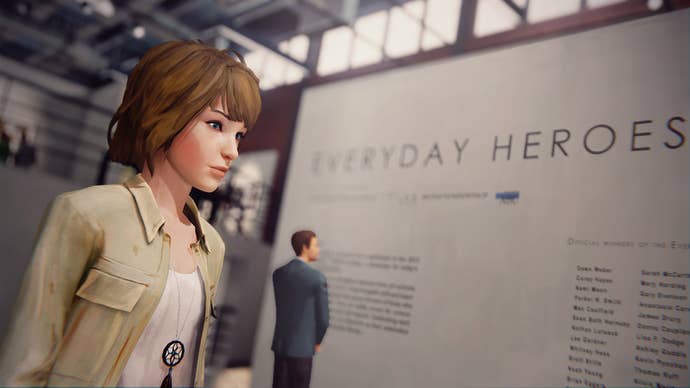
When it kicked off episodic adventures, Telltale decided that five episodes was the right length for its stories, but I question if that's true of every tale. Life is Strange probably could've been done in four episodes with a bit of cutting here and there. Just because another developer has done something successfully doesn't mean that strategy needs to be copied perfectly.
Storytelling is about brevity and giving the viewer just what they need, whereas games can be at odds with that concept. That's apparent in certain titles - how many times have you wandered around in a game when you're supposed to be rushing to save the world - but it's a bigger issue in adventure games like this one, where player interaction is already so limited that the player is already pre-disposed to the idea of just watching the story unfold. Capitalize on that! Sometimes less is a better option. I enjoy episodic gaming, but developers are still finding out what works best and games like Life is Strange are part of that ongoing evolution.
Was Life is Strange good? Yes, it was. For $20, this is a satisfying story of love, sacrifice, and adulthood. I don't regret playing it all and only have a few issues with the overall execution. If anything, I want Dontnod to have a second chance at episodic gaming; Max's story may be done, but the developer has proved that they can tell stories with some maturity and emotion.
InterfaceThe interface really does feel like a teenager's sketchbook.
Lasting AppealThe rewind mechanic means you'll experience most of the episode in one playthrough. Not much more to see beyond that.
SoundThe game's score is composed by Syd Matters' Jonathan Morali, with music from some alternative acts.
VisualsLife is Strange looks pretty good, but the lip-syncing is awful. There's also the occasional detail that looks off, like blurry textures.
ConclusionLife is Strange comes to its ultimate conclusion by asking players what's more important: one person or an entire town? This is an emotionally strong episode that's unfortunately padded out by sequences that justify its overall running time and reinforce that you're playing a game. Life is Strange was great as a whole, but there are missteps in this episode.




